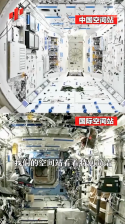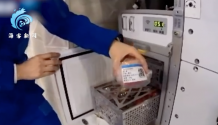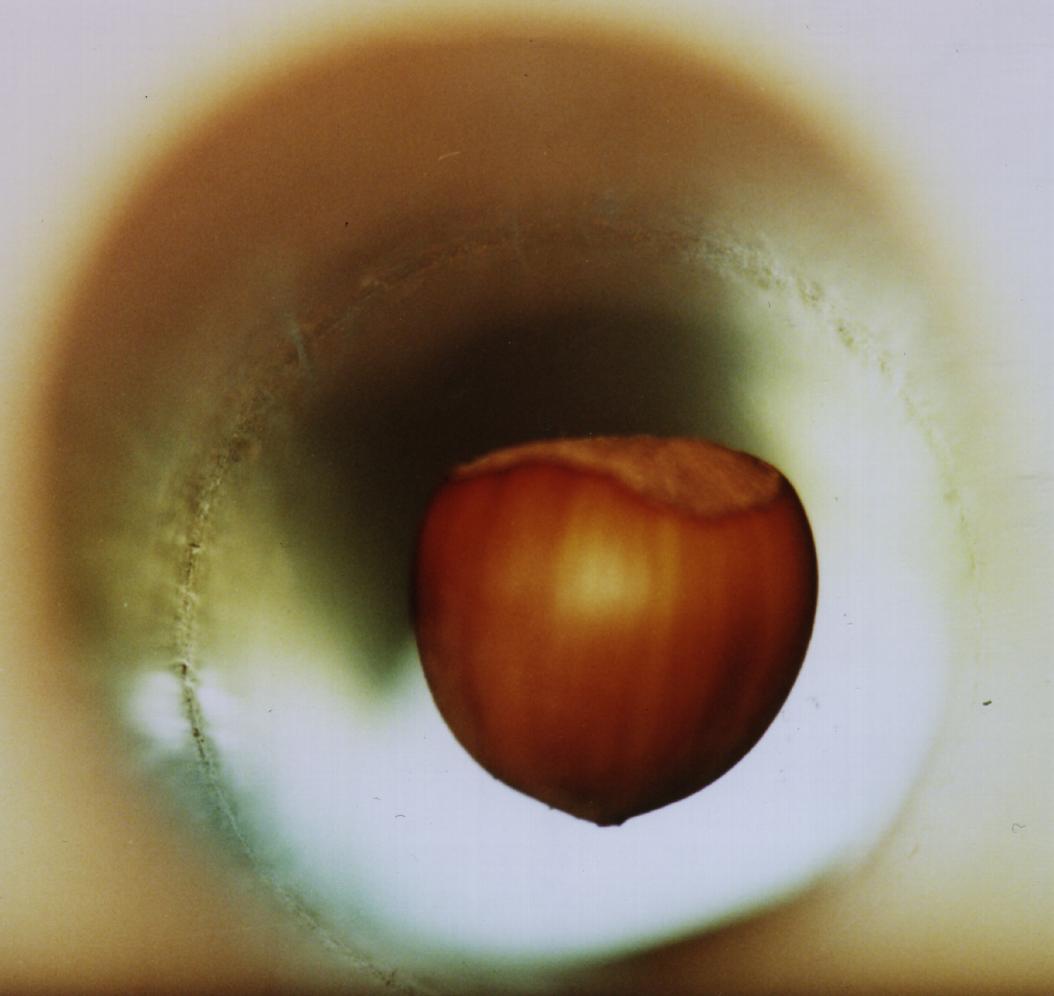You are using an out of date browser. It may not display this or other websites correctly.
You should upgrade or use an alternative browser.
You should upgrade or use an alternative browser.
China's Space Program News Thread
- Thread starter crazyinsane105
- Start date
- Status
- Not open for further replies.
That sounds like political propaganda that NASA and or US space apparatus have been doing recently to both China and Russia, such as Russian ASAT test threaten CSS, China's CZ-5 and Tiangong "uncontrolled" reentry.NASA thinks a piece of a Russian rocket took out the Chinese satellite Yunhai-1:
Here are two reasons why I say so:
Darren McKnight, senior technical fellow at LeoLabs and member of the International Academy of Astronautics’ Space Debris Committee, told SpaceNews that there is “moderate confidence that it was a collision,” adding that “the event was likely caused by a piece of debris in the 1-10 centimeter size range.”
Moderate confidence? That is like saying "maybe". Then it could "maybe" other reasons.
1-10 centimeter. I don't believe the US or anyone has the capability to detect and track such small piece, not 1 centimeter at least.
In the case of Yunhai-1 (02), it appears 18 SPCS was able to track the impactor to some degree but, given its small size and the challenges of tracking it consistently, did not maintain it in the satellite catalog.
Ok SPCS admit they can't consistently track it. So how do they know a tiny piece of junk suddenly pop up on their radar today is the same blip they saw in 1996?
I must say that, the reason of Yunhai-1's malfunction is equally possible being other reasons. If it is due to debris collision, the debris is equally possible from US, EU and Japan.
Moderate confidence? That is like saying "maybe". Then it could "maybe" other reasons.
Generally means probably, but hard to prove with confidence.
1-10 centimeter. I don't believe the US or anyone has the capability to detect and track such small piece, not 1 centimeter at least.
To answer that:
NASA and the DoD cooperate and share responsibilities for characterizing the satellite (including orbital debris) environment. DoD’s Space Surveillance Network tracks discrete objects as small as 2 inches (5 centimeters) in diameter in low-Earth orbit and about 1 yard (1 meter) in geosynchronous orbit.
That is what I wanted to say, an often used trick of presenting a probability from 1% to 99%. Inserting an image in the public's subconsciousness without ever being proven to be wrong and never need to be proven right.Generally means probably, but hard to prove with confidence.
I wasn't asking a question. SPEC (part of US military) acknowledged that they could not consistently track the debris, so it does not matter what NASA and DoD claim the figure is.
BTW, after US military using a fantasy like "starwar" program (whose shrunk off-spring still struggle to materialize today decades later) to fool the USSR, the US does have a large credit deficit in convincing the world of its true capability.
Anyway, the article is phrased in such a way of being "watertight" that it technically did not lay the blame on anybody. It really does not worth to spend any more time on it.
Last edited:
China Space Station VS International Space Station, this comparison image is brilliant.

Compared to the seemingly cluttered ISS, the Chinese Space Station looks all tidy and tidy.
Everything is so organized on the Space Station that even supplies and food are registered by a QR code.

Hou Yongqing, deputy chief designer says the station was designed by establishing a materials management system, where each item is dedicated a QR code.
When astronauts need items, just scan the code. Hou Yongqing claims that once you know where things are, you can log and report what needs to be replenished when you send more supplies on upcoming missions to deliver the items to the space station.
Hou Yongqing also states that: "After the completion of the establishment, the Chinese space station will have 6 bedrooms, 3 living rooms and 2 bathrooms, which would be a space capable of serving the lives of six astronauts."

Compared to the seemingly cluttered ISS, the Chinese Space Station looks all tidy and tidy.
Everything is so organized on the Space Station that even supplies and food are registered by a QR code.

Hou Yongqing, deputy chief designer says the station was designed by establishing a materials management system, where each item is dedicated a QR code.
When astronauts need items, just scan the code. Hou Yongqing claims that once you know where things are, you can log and report what needs to be replenished when you send more supplies on upcoming missions to deliver the items to the space station.
Hou Yongqing also states that: "After the completion of the establishment, the Chinese space station will have 6 bedrooms, 3 living rooms and 2 bathrooms, which would be a space capable of serving the lives of six astronauts."
escobar
Brigadier
Wait a decade and compare them again. ISS was also all tidy and tidy at the beginningChina Space Station VS International Space Station, this comparison image is brilliant.
View attachment 81136
Compared to the seemingly cluttered ISS, the Chinese Space Station looks all tidy and tidy.
Everything is so organized on the Space Station that even supplies and food are registered by a QR code.
Wait a decade and compare them again. ISS was also all tidy and tidy at the beginning
It’s like a house. It’s all nice and tidy when you move in but give it a couple of years and it’lol be a dump unless the residents are OCD organizers.
Truth.Wait a decade and compare them again. ISS was also all tidy and tidy at the beginning
Wait a decade and compare them again. ISS was also all tidy and tidy at the beginning
ISS has actually been continuously occupied for 21 years. I think the degree of ad hoc-ness in a space station might be correlated to the ratio of the total man-years of occupancy to cubic meters of living volume.
Diamagnetic repulsion.".....Li described the program as “first of its kind in the world” and said it takes lunar simulation to a completely new level, as it can make gravity “disappear” and can “last as long as you want.”
The facility is made up of a vacuum chamber which houses a mini “moon” measuring 60cm (about two feet) in diameter. The moon-like landscape is made up of rocks and dust that are as light as those found on our Moon.
The landscape is supported by a magnetic field, like the Moon – where gravity is approximately one-sixth as strong as the gravity on Earth. Where the field is strong enough, certain light objects, such as a frog or chestnut, can levitate. .... "
I wonder how it works? How would a strong magnetic field counter the force of gravity when the non-metallic objects mentioned are involved?

The tricky part is when part of the object is ferromagnetic.
- Status
- Not open for further replies.
